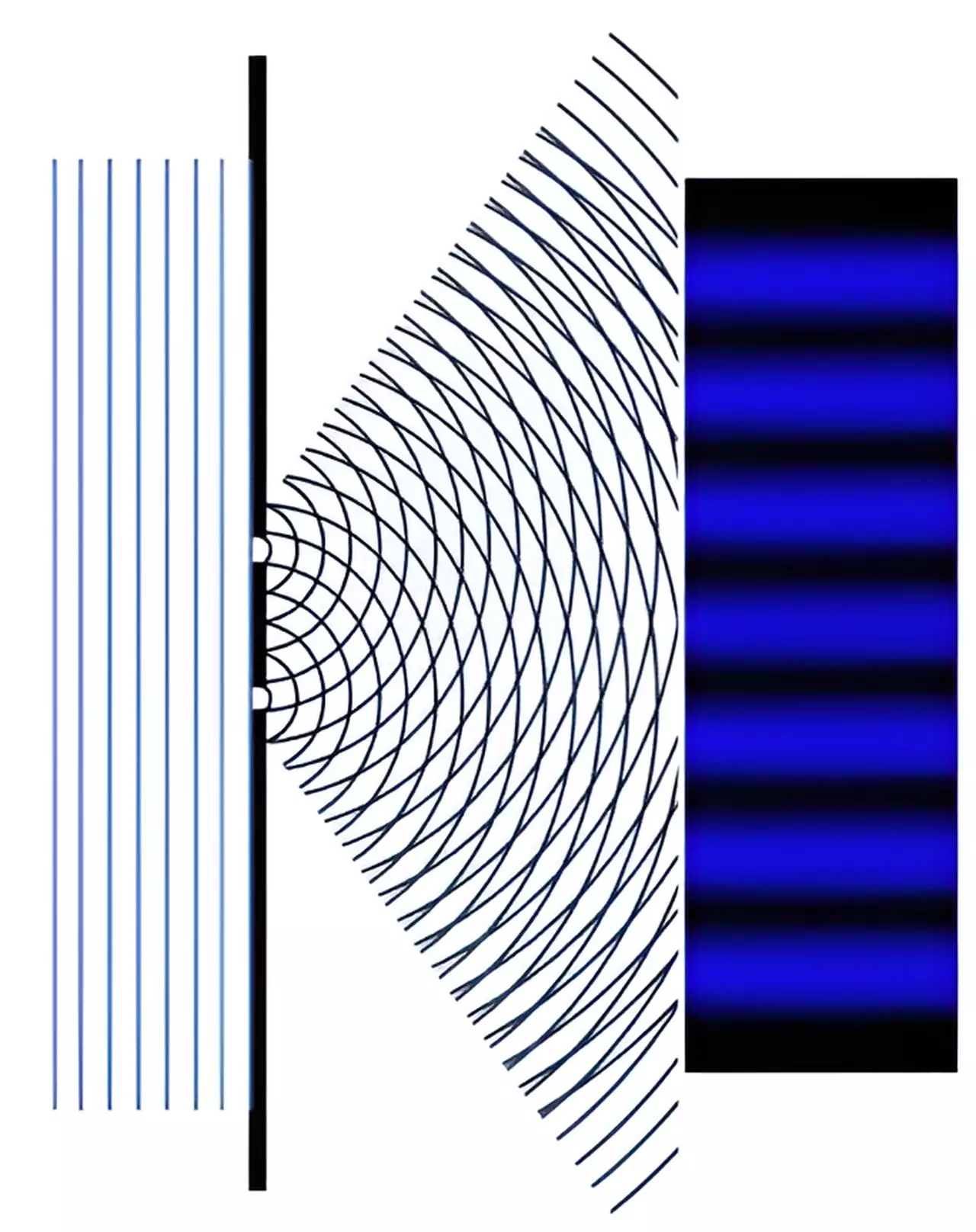Quantum computing has tantalized researchers and technologists for decades, offering promises of dramatically enhanced computational power compared to traditional computers. Among the most intriguing concepts in this domain is the notion of a topological quantum computer. Although primarily theoretical at present, the potential advantages make it a focal point of contemporary research. A topological quantum computer could revolutionize how we think about handling information, but achieving this ambition hinges on the realization and manipulation of a novel type of qubit, distinct from traditional quantum bits.
At the core of quantum computing lies the qubit, the fundamental unit of quantum information. Conventional qubits can be realized using various physical systems, including superconducting circuits and trapped ions. Each method has its strengths, but the introduction of topological qubits offers a new perspective. These qubits are theorized to be exceptionally resilient against errors due to the unique way they encode information. Yet, realizing them necessitates the discovery of specialized particles, and recent breakthroughs suggest that the journey is far from over.
Intriguing advances in the field have emerged, particularly with the concept of “split electrons.” Theoretical physicists have uncovered that owing to certain peculiarities of quantum mechanics, it is possible for objects to behave as if they were halves of an electron. This groundbreaking observation, published in *Physical Review Letters*, has been attributed to the collaborative efforts of researchers from University College Dublin and the Indian Institute of Technology, illustrating how collaborative initiatives can yield unparalleled insights.
Electrons: The Building Blocks of Quantum Circuits
As modern electronics shrink to the nanoscale, the principles of quantum mechanics come into sharper focus. With dimensions measured in nanometers, the behavior of electrons traversing through these circuits is dictated by quantum interference rather than classical laws. Dr. Sudeshna Sen aptly notes that as components shrink, our classical intuitions break down, necessitating a fresh understanding of their functionalities.
In these nano-circuitry environments, electrons often engage in quantum phenomena that can lead to noticeable effects, such as the appearance of states where electrons exhibit traits reminiscent of division—akin to split electrons. Professor Andrew Mitchell articulates the role of quantum interference in these circuits, where electrons can take varying paths, leading to outcomes that could entirely stymie the flow of current due to destructive interference.
Perhaps the most exciting core element of this research is the potential for realizing Majorana fermions—hypothetical particles that could serve as the backbone for topological qubits. Originally theorized in the 1930s, Majorana fermions remained elusive for decades. However, the recent revelations regarding split electrons indicate a tangible pathway towards producing these particles in nanoelectronic systems.
If researchers can successfully create and control Majorana particles within electronic devices, it would significantly advance the quest for stable quantum computation. Mitchell emphasizes that understanding the influence of quantum interference on electron behavior may unlock the ability to produce Majorana particles mechanically and harness their properties in quantum computing applications.
The research and principles driving the quest for topological quantum computing can be traced back to fundamental quantum mechanics experiments, such as the double-slit experiment. This classic experiment illustrated the dual nature of particles and their wave-like behaviors. When single electrons traverse two paths, they can interfere with themselves, producing a complex interference pattern that fundamentally challenges classical intuition.
This principle of interference is not merely academic; it reverberates in the practical design of nanoelectronic circuits. Just as electrons create a striking interference pattern in the double-slit experiment, they exhibit similar processes within nano-sized circuits, thereby producing conditions conducive to the emergence of phenomena such as Majorana fermions.
While we remain on the theoretical cusp of topological quantum computing, the implications of these advancements are profound. As researchers like Mitchell and Sen continue to delve into the quantum properties of matter, the understanding of split electrons, Majorana fermions, and quantum interference will fuel progress in the field. The road towards a robust topological quantum computer is intricate and laden with challenges, but continued exploration may soon render these extraordinary machines a reality—a development that could define the next era of computation. The fusion of collaboration, theoretical curiosity, and cutting-edge research is paving the way for the future, illustrating that even the most elusive concepts may find a home in tangible technology.

